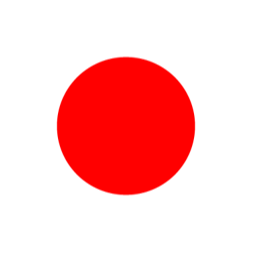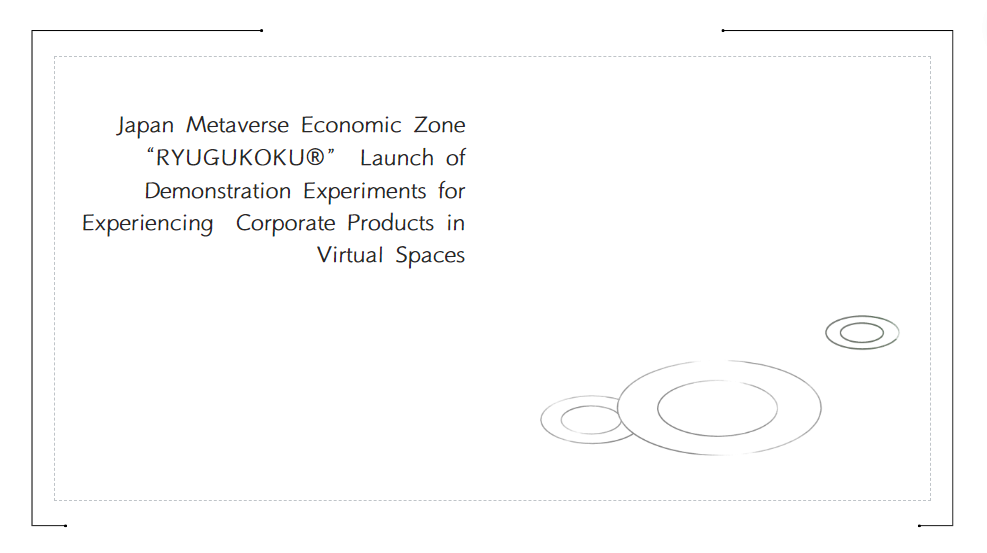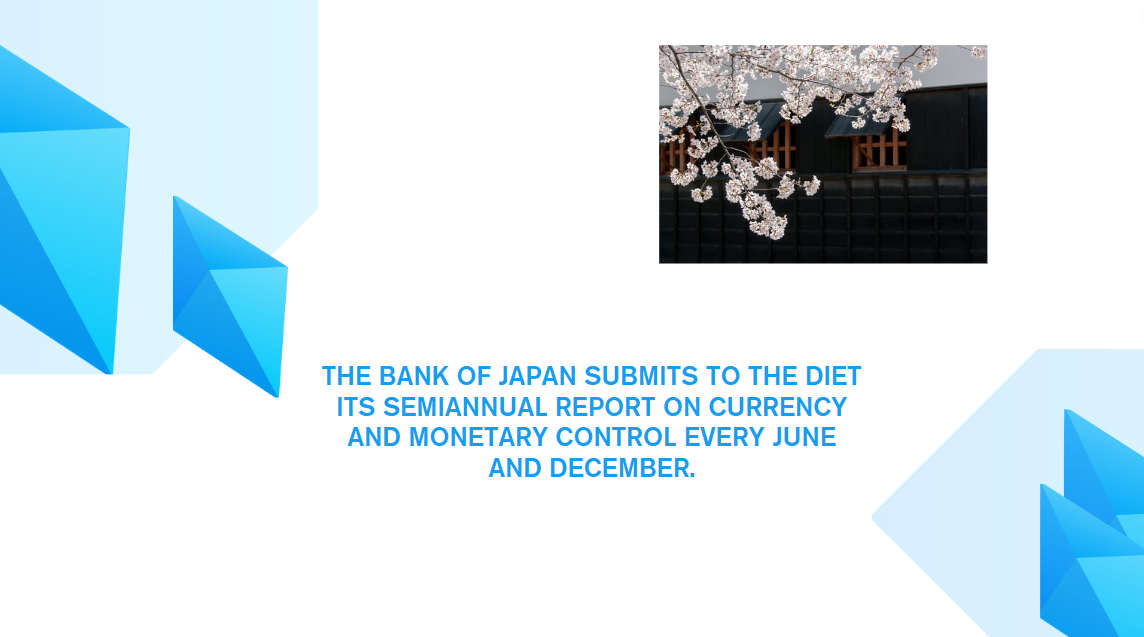BOJ:Statement on Monetary Policy
1. At the Monetary Policy Meeting held today, the Policy Board of the Bank of Japan decided upon the following.
a) The Bank decided, by a unanimous vote, to set the following guideline for market operations for the intermeeting period. The short-term policy interest rate: The Bank will apply a negative interest rate of minus 0.1 percent to the Policy-Rate Balances in current accounts held by financial institutions at the Bank. The long-term interest rate
Wsetting an upper limit so that 10-year JGB yields will remain at around zero percentTW
b) Conduct of yield curve control (a unanimous vote)
The Bank will regard the upper bound of 1.0 percent for 10-year JGB yields as a reference in its market operations, and in order to encourage the formation of a yield curve that is consistent with the above guideline for market operations, it will continue with large-scale JGB purchases and make nimble responses for each maturity by, for example, increasing the amount of JGB purchases and conducting fixed-rate purchase operations and the Funds-Supplying Operations against Pooled Collateral
(2) Guidelines for asset purchases (a unanimous vote)
With regard to asset purchases other than JGB purchases, the Bank decided to set the following guidelines.
a) The Bank will purchase exchange-traded funds (ETFs) and Japan real estate investment trusts (J-REITs) as necessary with upper limits of about 12 trillion yen and about 180 billion yen, respectively, on annual paces of increase in their amounts outstanding.
b) The Bank will maintain the amount outstanding of CP at about 2 trillion yen. It will purchase corporate bonds at about the same pace as prior to the COVID-19 pandemic, so that their amount outstanding will gradually return to the pre-pandemic level of about 3 trillion yen. In adjusting the amount outstanding of corporate bonds, the Bank will give due consideration to their issuance conditions.
Japan's economy has recovered moderately. The pace of recovery in overseas economies has slowed. Although exports and industrial production have been affected by the developments in overseas economies, they have been more or less flat, supported by a waning of the effects of supply-side constraints. Corporate profits and business sentiment have improved. In this situation, business fixed investment has been on a moderate increasing trend. The employment and income situation has improved moderately. Private consumption has continued to increase moderately, despite being affected by price rises. Housing investment has been relatively weak. Public investment has been more or less flat. Financial conditions have been accommodative. On the price front, the year-on-year rate of increase in the consumer price index (CPI, all items less fresh food) is slower than a while ago, mainly due to the effects of pushing down energy prices from the government's economic measures, but it has been at around 3 percent recently owing to the effects of a pass-through to consumer prices of cost increases led by the past rise in import prices. Inflation expectations have risen moderately.
Japan's economy is likely to continue recovering moderately for the time being, supported by factors such as the materialization of pent-up demand, although it is expected to be under downward pressure stemming from a slowdown in the pace of recovery in overseas economies. Thereafter, as a virtuous cycle from income to spending gradually intensifies, Japan's economy is projected to continue growing at a pace above its potential growth rate. The year-on-year rate of increase in the CPI (all items less fresh food) is likely to be above 2 percent through fiscal 2024, due to factors such as the remaining effects of the pass-through to consumer prices of cost increases led by the past rise in import prices. Thereafter, the rate of increase is projected to decelerate owing to dissipation of these factors. Meanwhile, underlying CPI inflation is likely to increase gradually toward achieving the price stability target, as the output gap turns positive and as medium- to long-term inflation expectations and wage growth rise.
Concerning risks to the outlook, there are extremely high uncertainties surrounding Japan's economic activity and prices, including developments in overseas economic activity and prices, developments in commodity prices, and domestic firms' wage- and price-setting behavior. Under these circumstances, it is necessary to pay due attention to developments in financial and foreign exchange markets and their impact on Japan's economic activity and prices.
With extremely high uncertainties surrounding economies and financial markets at home and abroad, the Bank will patiently continue with monetary easing while nimbly responding to developments in economic activity and prices as well as financial conditions. By doing so, it will aim to achieve the price stability target of 2 percent in a sustainable and stable manner, accompanied by wage increases. The Bank will continue with Quantitative and Qualitative Monetary Easing (QQE) with Yield Curve Control, aiming to achieve the price stability target, as long as it is necessary for maintaining that target in a stable manner. It will continue expanding the monetary base until the year-on-year rate of increase in the observed CPI (all items less fresh food) exceeds 2 percent and stays above the target in a stable manner. The Bank will continue to maintain the stability of financing, mainly of firms, and financial markets, and will not hesitate to take additional easing measures if necessary.






















































First, please LoginComment After ~